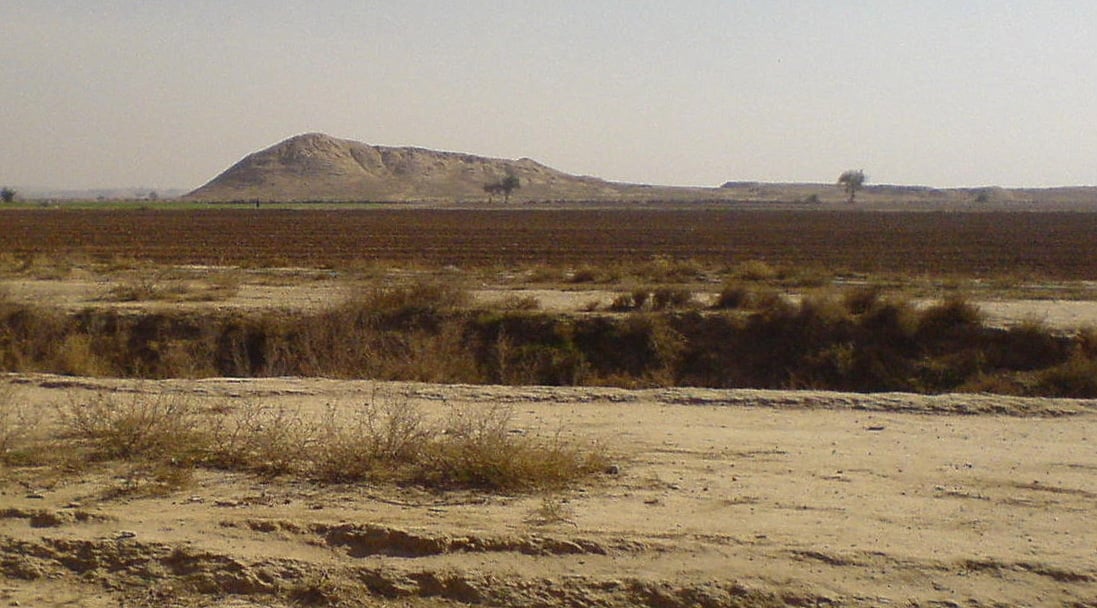

Archaeologists in Iran have uncovered the cone-headed skull of a young woman who died more than 6,000 years ago, revealing evidence of both a fatal injury and an ancient practice of skull reshaping.
The remains were unearthed at Chega Sofla, a prehistoric burial site in western Iran near the northern edge of the Persian Gulf. The site, dating back to between 4700 and 3700 B.C., contains both individual graves and family tombs.
The area was home to a thriving community that built temples, practiced belief systems, and began developing early cities.
The discovery is part of the Zohreh Prehistoric Project, led by archaeologist Abbas Moghaddam. The team has worked at Chega Sofla for over a decade and uncovered the world’s oldest examples of brick tomb construction, along with several elongated skulls.
In a study published on May 22 in the International Journal of Osteoarchaeology, researchers Mahdi Alirezazadeh and Hamed Vahdati Nasab of Tarbiat Modares University focused on the cone-headed skull of a young woman, labeled BG1.12, in Iran.
Grave of Ancient Elongated Skulls Discovered in Iran. Tol-e Chega Sofla is located about 30 miles south of the town of Behbahan, on the eastern most fringes of Khuzestan province. This site was first discovered in 1970 by Hans Nissen and his colleagues from the Oriental Institute… pic.twitter.com/LW2dvHvrTX
— Billy Carson II (@4biddnKnowledge) January 14, 2025
Her head had been reshaped through a cultural practice known as cranial bandaging, which involves wrapping a child’s skull in fabric to change its form over time.
CT scans showed that BG1.12’s skull was thinner than usual, including the spongy layer inside that helps absorb shocks. Researchers believe the cranial modification may have made her skull more fragile and less able to withstand heavy impact.
An elongated skull unearthed in Iran at a location known as Čoḡā Safid, which is dated to be from the 7th-6th millennia B.C.
unknown pic.twitter.com/Rxi0InECry
— Megalithic Marvels (@derek__olson) July 22, 2023
A triangular fracture stretched from the front to the left side of her head. The injury, likely caused by a strong blow from a wide-edged object, appears to have occurred shortly before death.
“We know this woman experienced the fracture in the final moments of her life,” Alirezazadeh said. “We don’t have any direct evidence to say that someone intentionally struck her.”
Alirezazadeh emphasized that skull reshaping may not have been the only reason for such injuries. Another fractured skull found at the site showed no signs of cranial modification. “So we cannot attribute cranial fractures solely to modified skulls,” he said.
BG1.12 was buried in a communal grave, making it difficult for archaeologists to identify the rest of her skeleton. This has limited further research into how she lived and died in one of the most transformative periods of early human settlement in the region.
The Zohreh Prehistoric Project has focused on understanding the social and cultural developments of early Iranian communities. In addition to graves, the team has uncovered domestic structures, tools, and pottery that paint a broader picture of life during the Copper Age.
